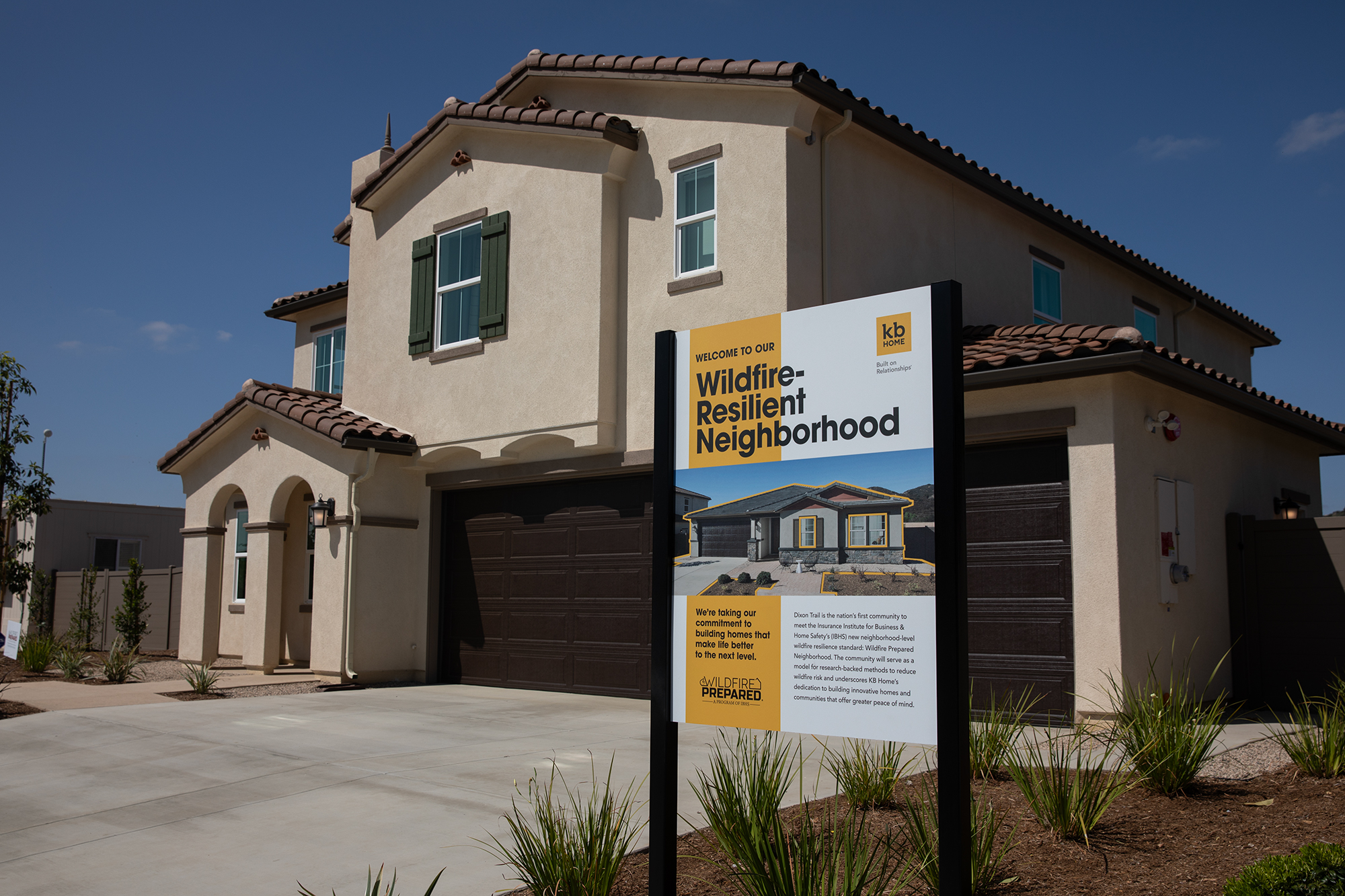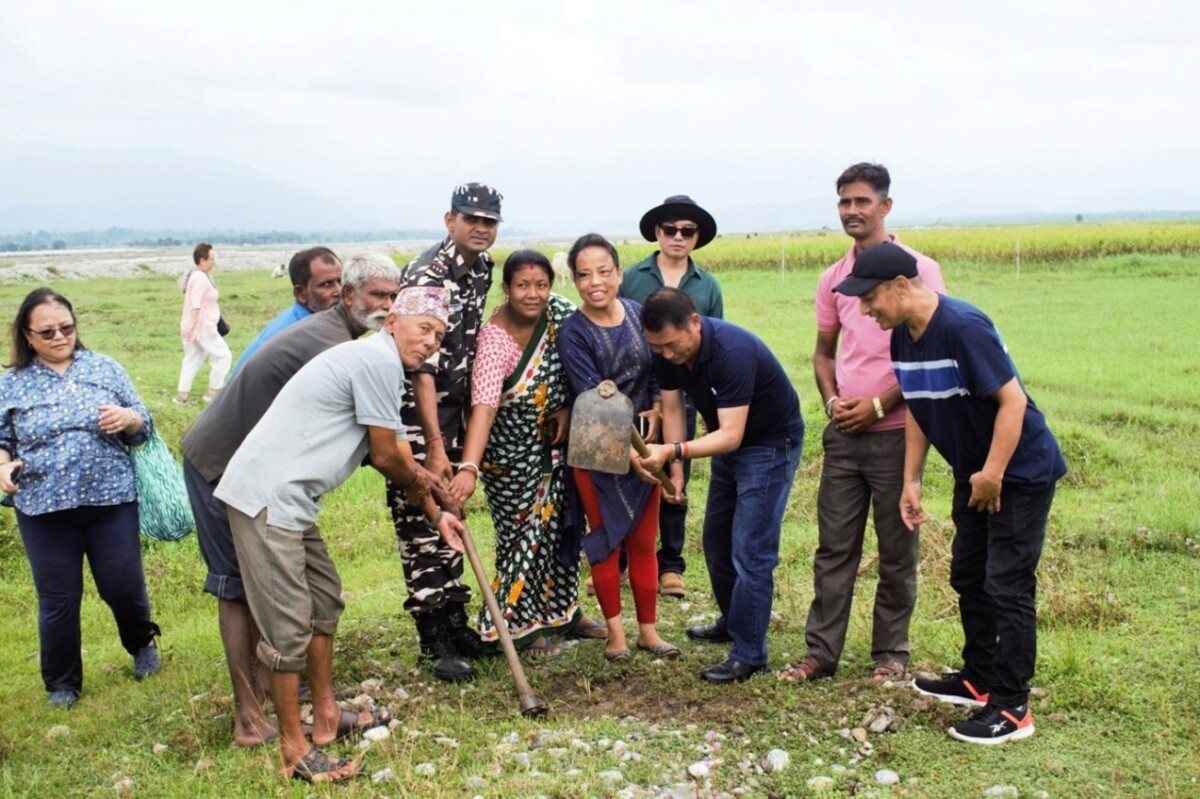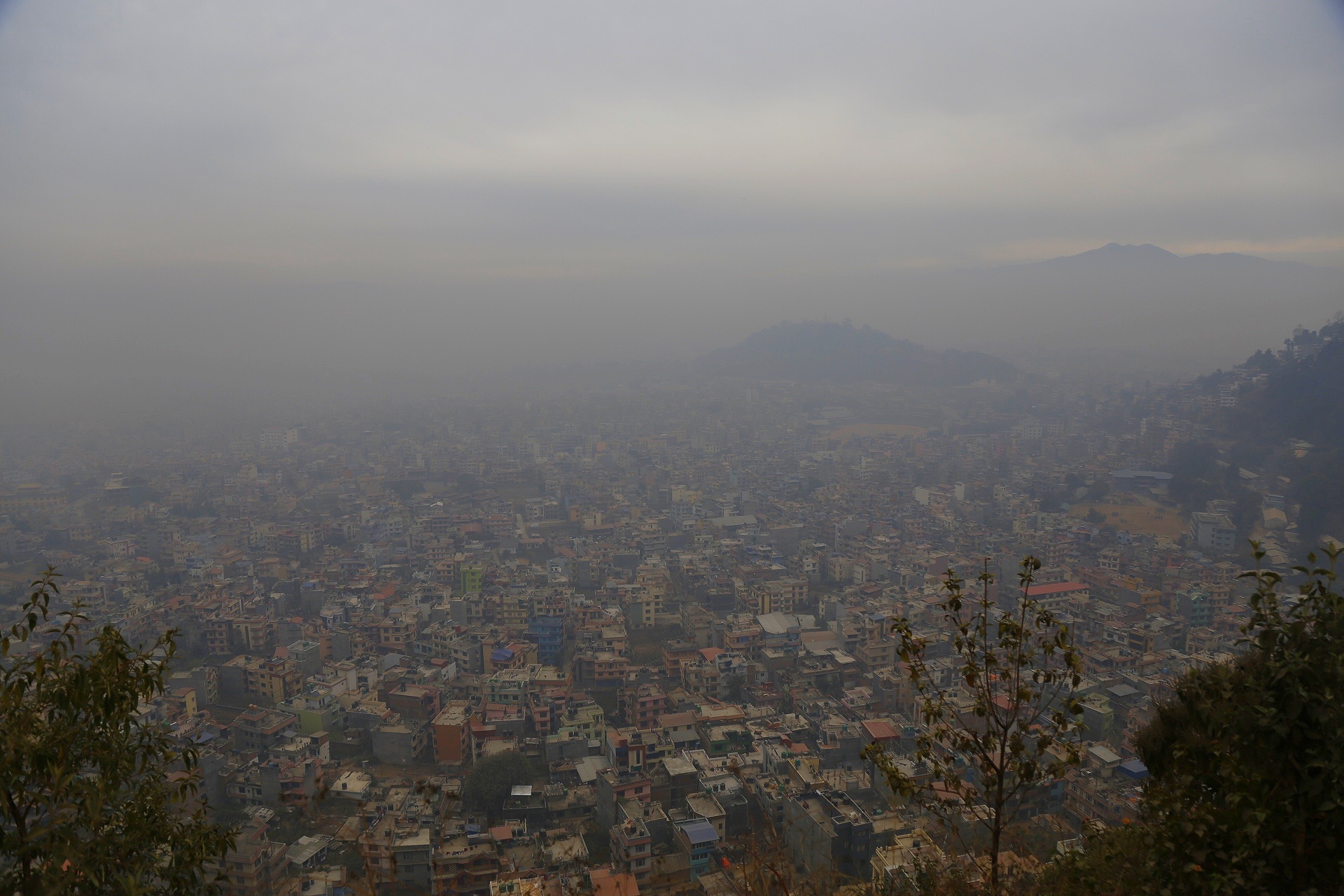Report on the “Fresh Air For All” Pilot Program and Alignment with Sustainable Development Goals
Program Overview
On July 23, 2025, the Yolo-Solano Air Quality Management District (District) initiated the “Fresh Air For All – Home Air Filtration Pilot Program.” The primary objective of this initiative is the distribution of free, high-quality air filtration devices to qualifying households within the district’s jurisdiction. This program is a direct measure to mitigate indoor air pollution and enhance public health.
Contribution to Sustainable Development Goals (SDGs)
The pilot program demonstrates a significant commitment to the United Nations Sustainable Development Goals (SDGs), directly addressing key targets related to health, inequality, and sustainable communities.
- SDG 3: Good Health and Well-being: By providing air filtration devices, the program directly targets the improvement of indoor air quality. This action is crucial for reducing the incidence of respiratory illnesses and other health conditions associated with airborne pollutants, thereby promoting well-being for all ages.
- SDG 10: Reduced Inequalities: The program’s focus on “eligible households” ensures that vulnerable and low-income populations, who may lack the resources to purchase such equipment, have equitable access to clean air. This initiative actively works to reduce health and environmental inequalities within the community.
- SDG 11: Sustainable Cities and Communities: In line with Target 11.6, which aims to reduce the adverse per capita environmental impact of cities by improving air quality, this program enhances the resilience and safety of human settlements. It provides a tangible solution to protect residents from poor air quality events, contributing to a more sustainable and healthy urban environment.
Implementation and Projected Outcomes
The program’s implementation is structured to maximize its impact on community health and sustainability targets.
- Household Eligibility and Outreach: The District will identify and engage with eligible households to ensure the devices reach those most in need.
- Device Distribution: Free, high-quality air filtration units will be distributed to all qualifying applicants.
- Monitoring and Impact Assessment: The program’s success will be evaluated based on its contribution to key sustainability and health metrics.
Expected Impacts on SDG Targets
- A measurable improvement in indoor air quality for participating households.
- A reduction in healthcare visits related to respiratory issues, advancing SDG 3.
- Enhanced environmental health equity, directly supporting SDG 10.
- Increased community resilience against air pollution, contributing to the goals of SDG 11.
1. Which SDGs are addressed or connected to the issues highlighted in the article?
-
SDG 3: Good Health and Well-being
- The article discusses the “Fresh Air For All – Home Air Filtration Pilot Program,” which aims to provide air filtration devices. This directly relates to improving health by reducing exposure to indoor air pollutants, which can cause or exacerbate respiratory illnesses and other health problems.
-
SDG 11: Sustainable Cities and Communities
- The initiative is launched by the “Yolo-Solano Air Quality Management District,” an entity responsible for managing air quality within a specific region. Improving air quality, even at the household level, is a key component of creating sustainable and healthy urban and community environments. The program addresses the environmental health aspect of community living.
-
SDG 10: Reduced Inequalities
- The program provides “free, high-quality air filtration devices to eligible households.” The term “eligible” often implies targeting vulnerable or low-income populations who may not be able to afford such devices and are disproportionately affected by poor air quality. By providing these devices for free, the program helps to reduce health inequalities among different socioeconomic groups.
2. What specific targets under those SDGs can be identified based on the article’s content?
-
Target 3.9
- “By 2030, substantially reduce the number of deaths and illnesses from hazardous chemicals and air, water and soil pollution and contamination.” The program’s core purpose is to filter indoor air, directly mitigating the health risks and potential illnesses associated with air pollution for the residents of the households served.
-
Target 11.6
- “By 2030, reduce the adverse per capita environmental impact of cities, including by paying special attention to air quality…” The program is a direct action taken by a regional authority to address the negative impacts of poor air quality on its residents, contributing to a healthier urban environment.
-
Target 10.2
- “By 2030, empower and promote the social, economic and political inclusion of all…” By providing essential health-improving technology for free to “eligible households,” the program promotes health equity and ensures that vulnerable populations have access to the benefits of cleaner air, thereby reducing a barrier to well-being and inclusion.
3. Are there any indicators mentioned or implied in the article that can be used to measure progress towards the identified targets?
-
Number of households receiving air filtration devices
- The article states the program will “provide free, high-quality air filtration devices to eligible households.” The most direct and measurable indicator of the program’s implementation and reach is the total count of households that receive these devices. This serves as a proxy indicator for progress towards reducing exposure to indoor air pollution (related to Target 3.9 and 11.6).
-
Implementation of a public health program targeting air quality
- The very existence of the “Fresh Air For All – Home Air Filtration Pilot Program” is an indicator. It demonstrates that a local government body has implemented a policy and program specifically aimed at mitigating the health impacts of air pollution, which is a measure of progress towards Target 11.6.
-
Number of free devices distributed to vulnerable populations
- The focus on “eligible households” implies a targeted distribution. An indicator for Target 10.2 would be tracking the number of devices provided specifically to these qualifying (likely low-income or medically vulnerable) households, measuring the direct assistance aimed at reducing health inequalities.
4. SDGs, Targets, and Indicators Table
| SDGs | Targets | Indicators |
|---|---|---|
| SDG 3: Good Health and Well-being | Target 3.9: By 2030, substantially reduce the number of deaths and illnesses from hazardous chemicals and air, water and soil pollution and contamination. | Implied: The number of households receiving free air filtration devices to reduce exposure to indoor air pollution. |
| SDG 11: Sustainable Cities and Communities | Target 11.6: By 2030, reduce the adverse per capita environmental impact of cities, including by paying special attention to air quality… | Implied: The implementation of the “Home Air Filtration Pilot Program” as a direct action to improve air quality for residents. |
| SDG 10: Reduced Inequalities | Target 10.2: By 2030, empower and promote the social, economic and political inclusion of all… | Implied: The number of free air filtration devices distributed to “eligible households,” indicating direct support to vulnerable groups to reduce health inequalities. |
Source: dailydemocrat.com







